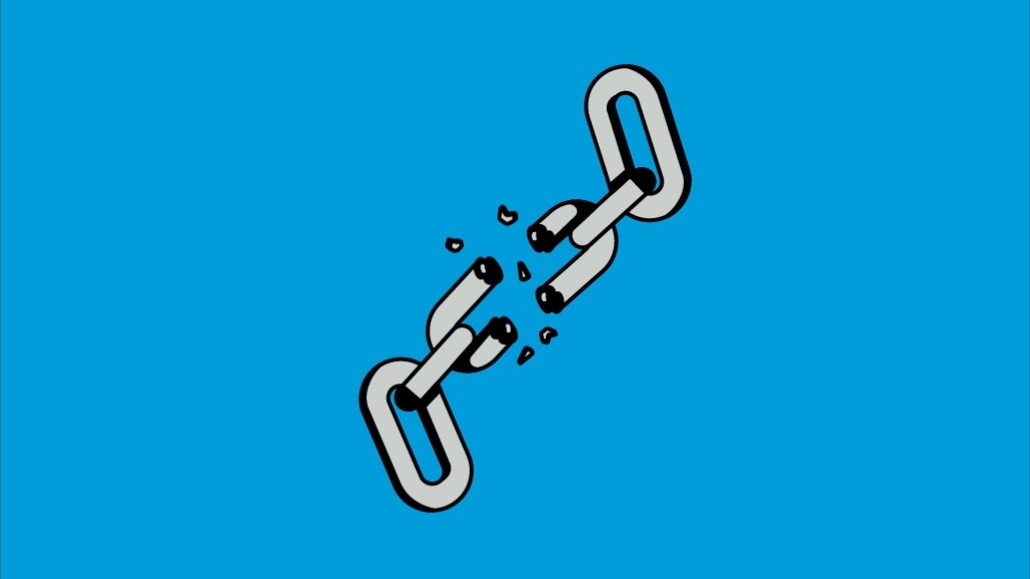Register by Jan 13 to save on passes and connect with marketers from Uber, Bose and more
Publishers still find it challenging to measure readers bypassing their paywalls

Publishers began closing loopholes that allowed people to bypass their paywalls with fervor back in 2019, but it’s still a challenge for publishers to measure and block people who are finding those gaps.
A local publishing exec, who requested anonymity to speak freely, said the percentage of their readers bypassing their paywall is “low,” but it wasn’t “a reliable number.”
“We’ve never had really good data about that,” said Michael Silberman, svp of strategy at paywall platform Piano. [Editor’s note: Piano is a contracted vendor with Digiday.]
Publishers can see if anonymous users (those not subscribed or registered) are reading premium content or reading more pages than a metered paywall allows, said Arvid Tchivzhel, managing director at Mather Economics’ digital consulting practice. He estimates about 4-5% of readers are doing this.
But Matt Boggie, chief technology and product officer at The Philadelphia Inquirer, called it an “imprecise” calculation. This is primarily due to the different tactics people use to circumvent paywalls — from ad blockers to web crawlers.
How people get through paywalls
There are two main mechanisms for delivering a paywall: JavaScript-based paywalls and paywalls built on a content delivery network (CDN).
JavaScript-based metered paywalls are a cheaper option for publishers but are easier to get around with ad blockers that also block JavaScript, according to Tchivzhel. Some browsers like SigmaOS have ad blockers built into them.
Ad blockers can also disable tracking via cookies, making it difficult for publishers to see if anonymous users coming to their sites had previously deleted or blocked cookies.
Publishers can add a piece of code to detect ad blockers, but more code means a larger page size and page load time, which can impact SEO and could lead to people abandoning webpages.
It also isn’t “foolproof,” said the first publishing exec. Their organization is looking into migrating from a JavaScript-based metered paywall to a CDN.
Other tools like 12ft.io use a web crawler to get through paywalls by mimicking search engine bots, which crawl and collect information from sites to provide links in response to search queries.
A ‘minuscule’ game of ‘whack-a-mole’
A top editor at a large local news organization, who also asked to remain anonymous, called it a game of “whack-a-mole.”
There is evidence that closing paywall loopholes can lead to more revenue for publishers. In 2019, The Boston Globe stopped people from using their browser’s incognito mode to bypass their paywall. The number of people who subscribed after hitting the paywall tripled.
But some publishers that spoke to Digiday weren’t too concerned about people skirting their paywalls, mostly because it was a small percentage of their overall readership doing so, from what they could see.
Fiona Spooner, managing director of consumer revenue at the Financial Times, told Digiday only a “small group” of their audience was getting through their paywall.
A head of content and digital engagement strategy at a local publisher who also requested anonymity said the traffic coming from new paywall loophole tactics was “miniscule.”
Boggie said his team is prioritizing growing their audience. “Ultimately, it’s a percentage game and if we can grow the size of the audience generally, then the impact that we see from any of these tools is smaller,” he said.
More in Media

Why publishers are building their own creator networks
Publishers are forming creator networks to regain control, combat traffic declines, and reach audiences shifting toward influencers.

The accidental guardian: How Cloudflare’s Matthew Prince became publishing’s unexpected defender
Cloudflare’s day job is fending off botnets and nation-state cyberattacks, not debating how Google and other AI firms crawl publisher sites.

A timeline of the major deals between publishers and AI tech companies in 2025
Here’s a list of all the major deals signed between publishers and AI tech companies in 2025.








